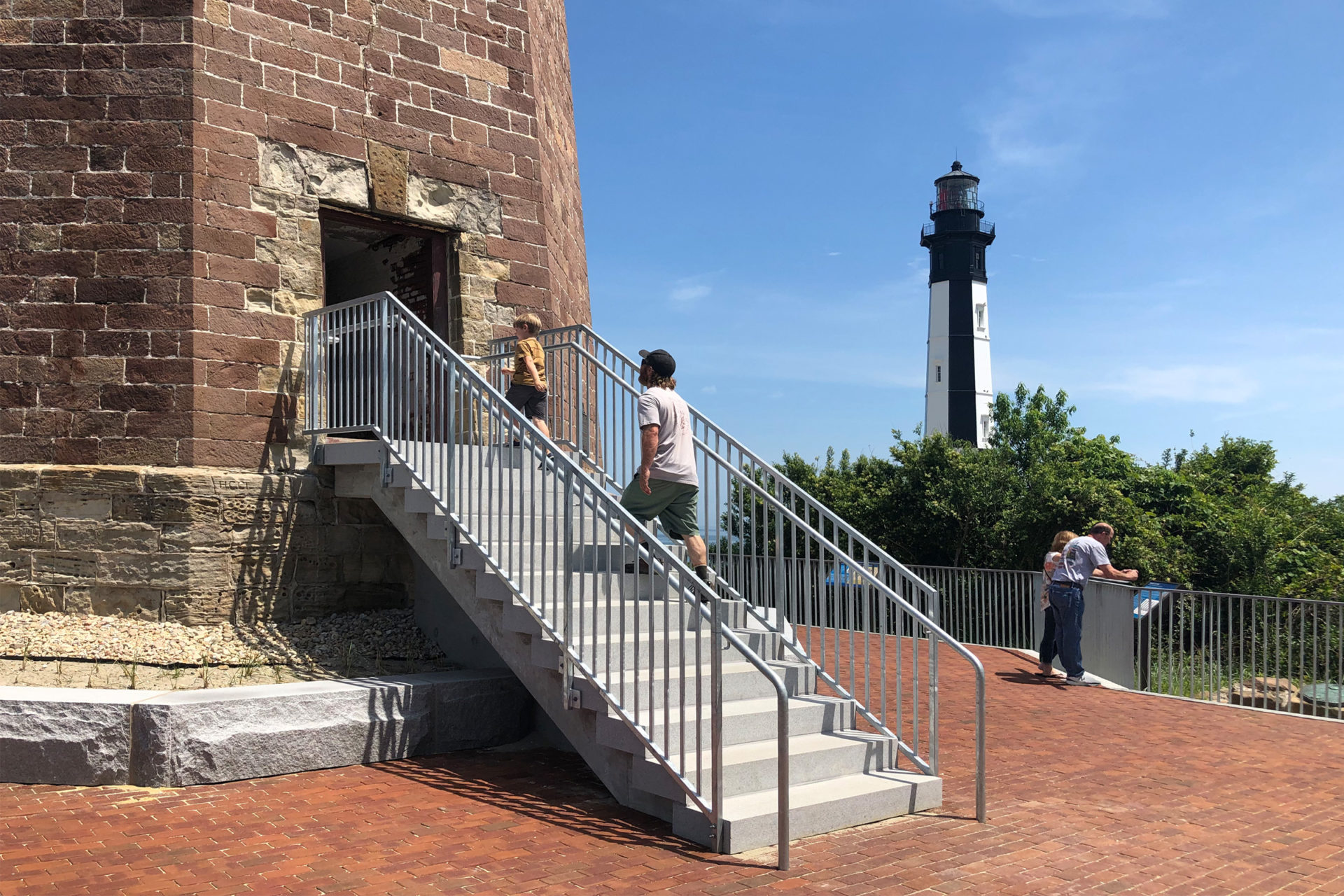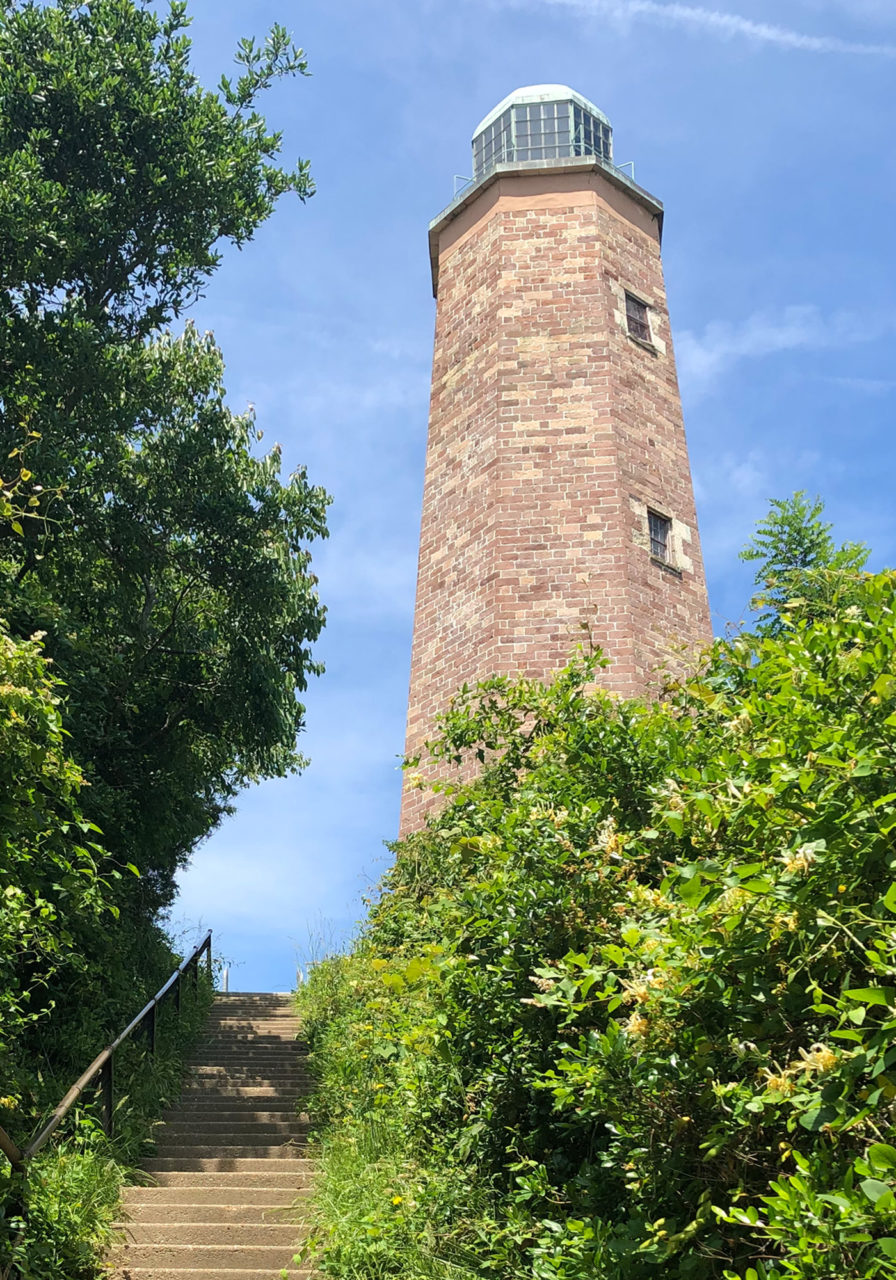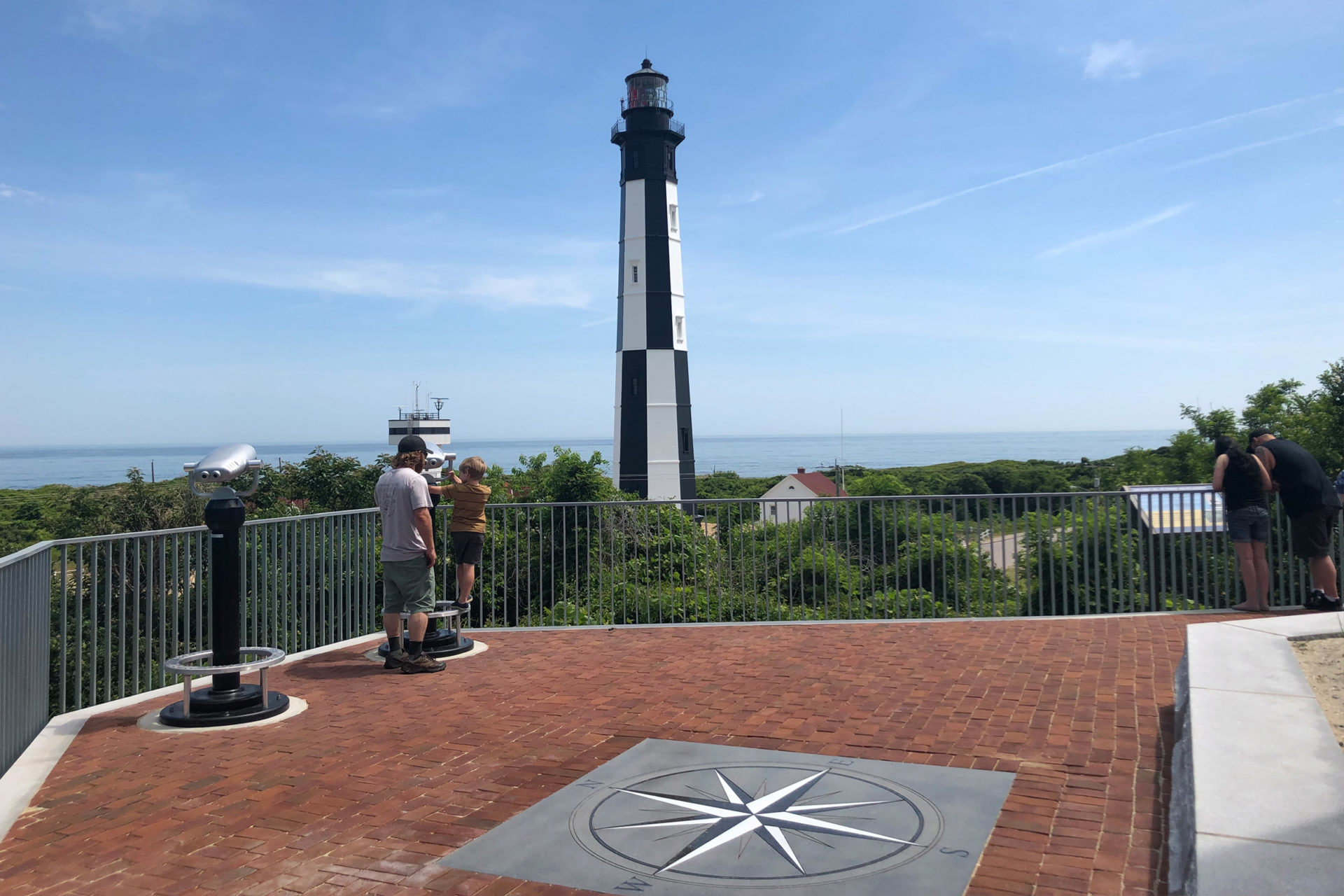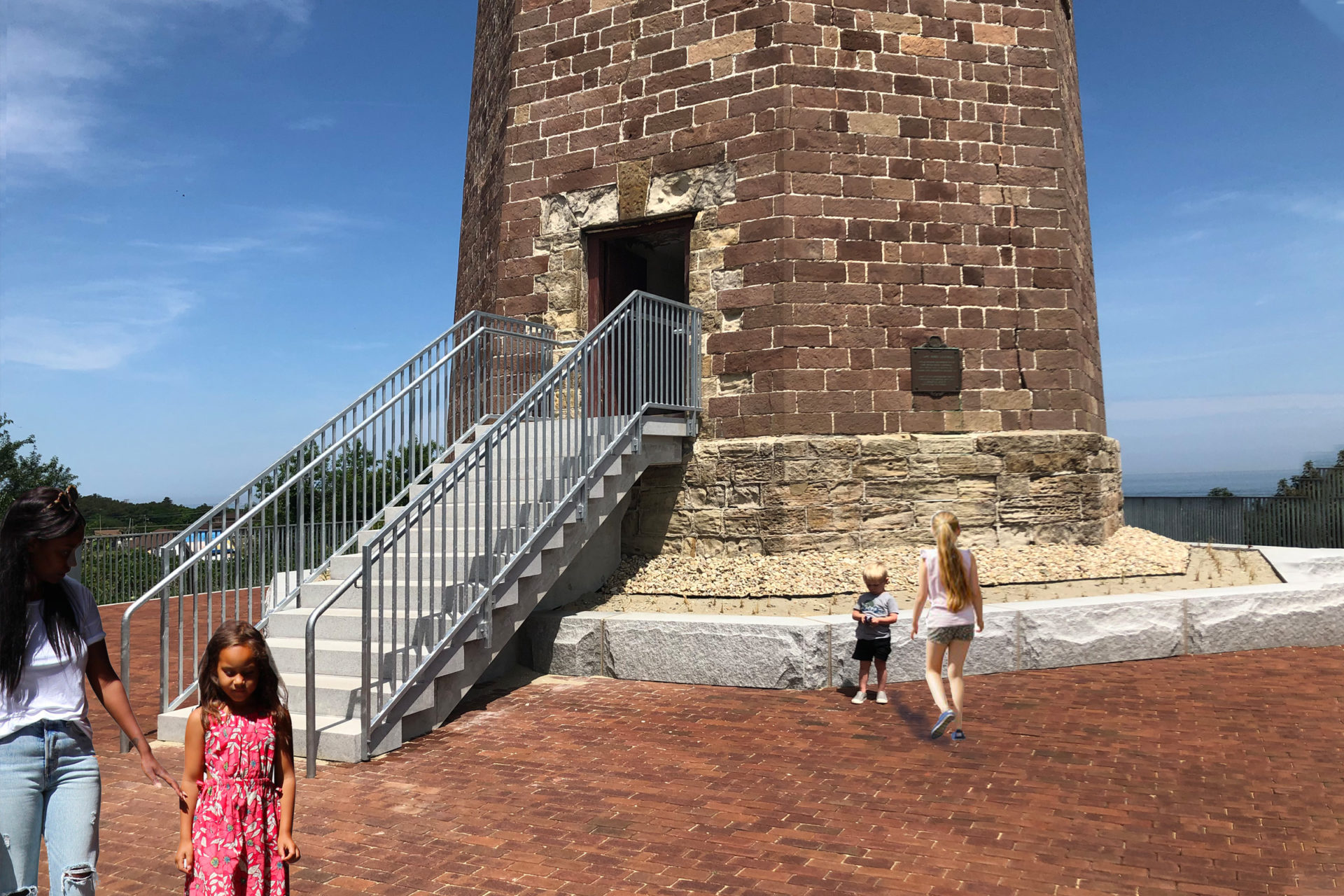The Cape Henry Lighthouse is a visual icon in Virginia Beach with a rich history as the first federal public works project to be erected in the United States. Authorized by George Washington, construction was completed in 1792 and the lighthouse remained in service until 1881, nearly a century later. With rising concerns about its longevity and overall stability, a second tower was commissioned by the city this same year. The Cape Henry Lighthouse stands as a National Historic Landmark and a widely recognized symbol, as it is the centerpiece of Virginia Beach’s city seal.
The City of Virginia Beach Public Works Department engaged the expertise of Clark Nexsen to enhance, restore, and stabilize the tower, and revitalize the site’s more than 400 years of history.
Working with Carlton Abbott and Partners, P.C, an architectural firm specializing in historic preservation, Clark Nexsen conducted field work and analyses to determine the repair techniques necessary to protect and preserve this historical resource and concurrently enhance the visitor experience for viewing both the tower and the surrounding area. This project will protect the structure from the eroding effects of wind and rain and improve the surrounding pedestrian area. By increasing the height of the top of the dune to cover the soft Aquia sandstone base and capping it with a concrete slab, the effects of natural erosion will be challenged, offering increased structural protection.
First developing plans and specifications for demolishing the existing concrete stair structure, the team addressed challenges by outlining ideas for a new viewing plaza consisting of a cast in place, reinforced concrete foundation and slabs with brick pavers, granite bands, seat walls and steps. The plaza has two tiers; the outer tier featuring a walking surface with steel railings and the inner plaza providing the main protection to the lighthouse. As a waterfront structure, effective drainage plans were a main concern for the project and a vital component to long term preservation. Our team addressed this portion of the design package with strategic drainage, vegetation, and lighting plans.
With the reopening in Spring 2019, Clark Nexsen and its partners are continuing a local and national legacy through expert waterfront architecture and engineering on this valuable historical site.




